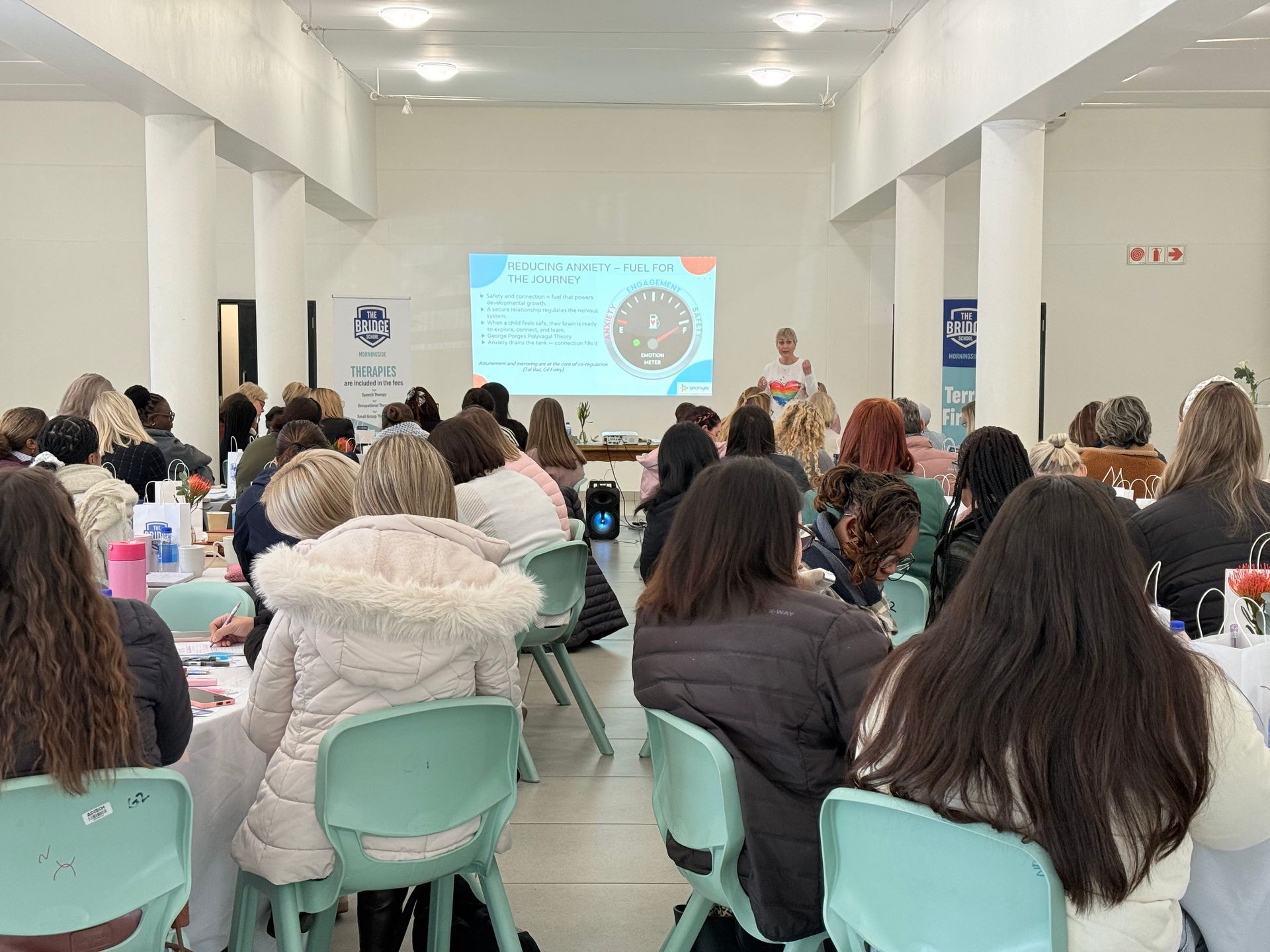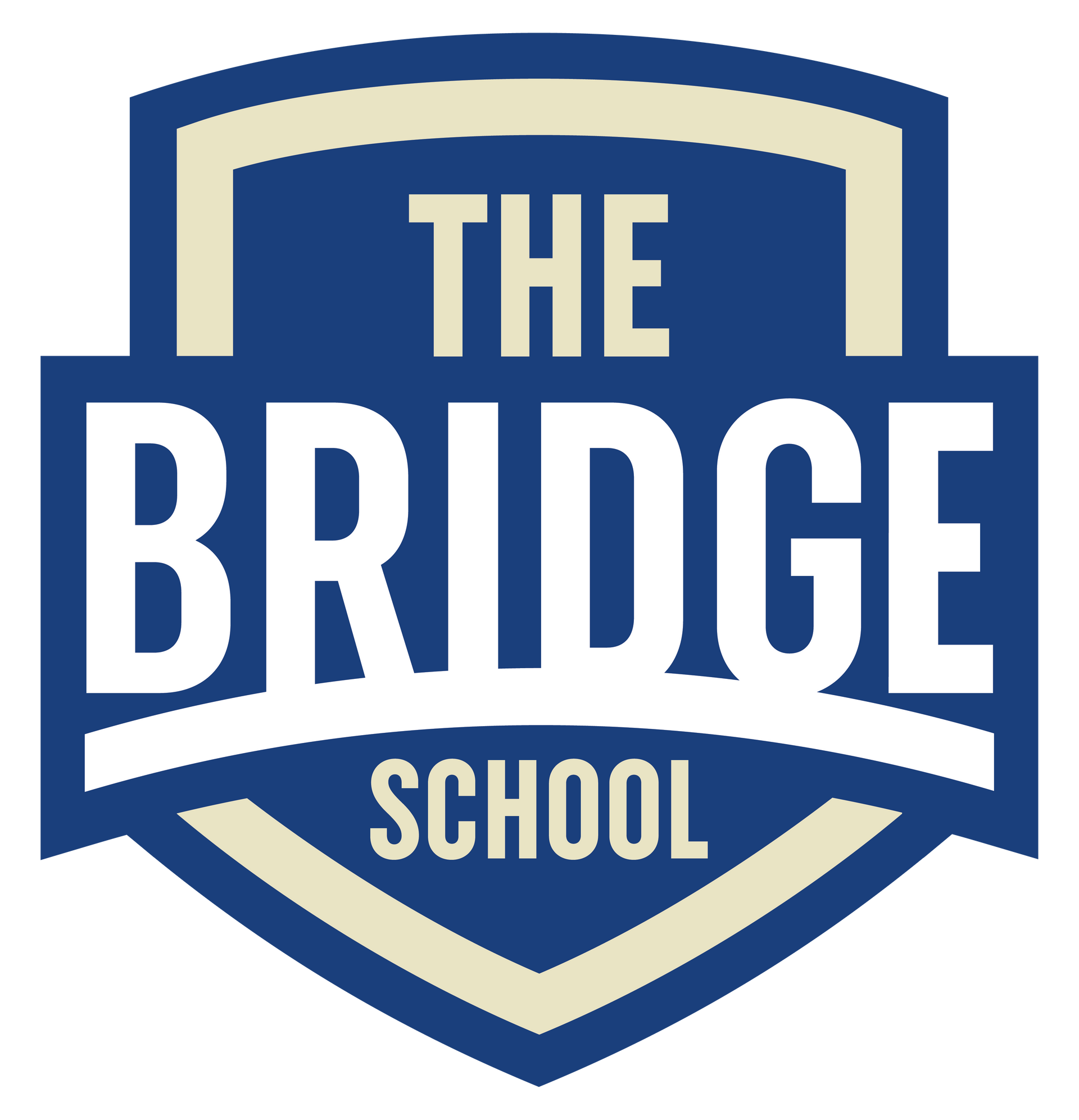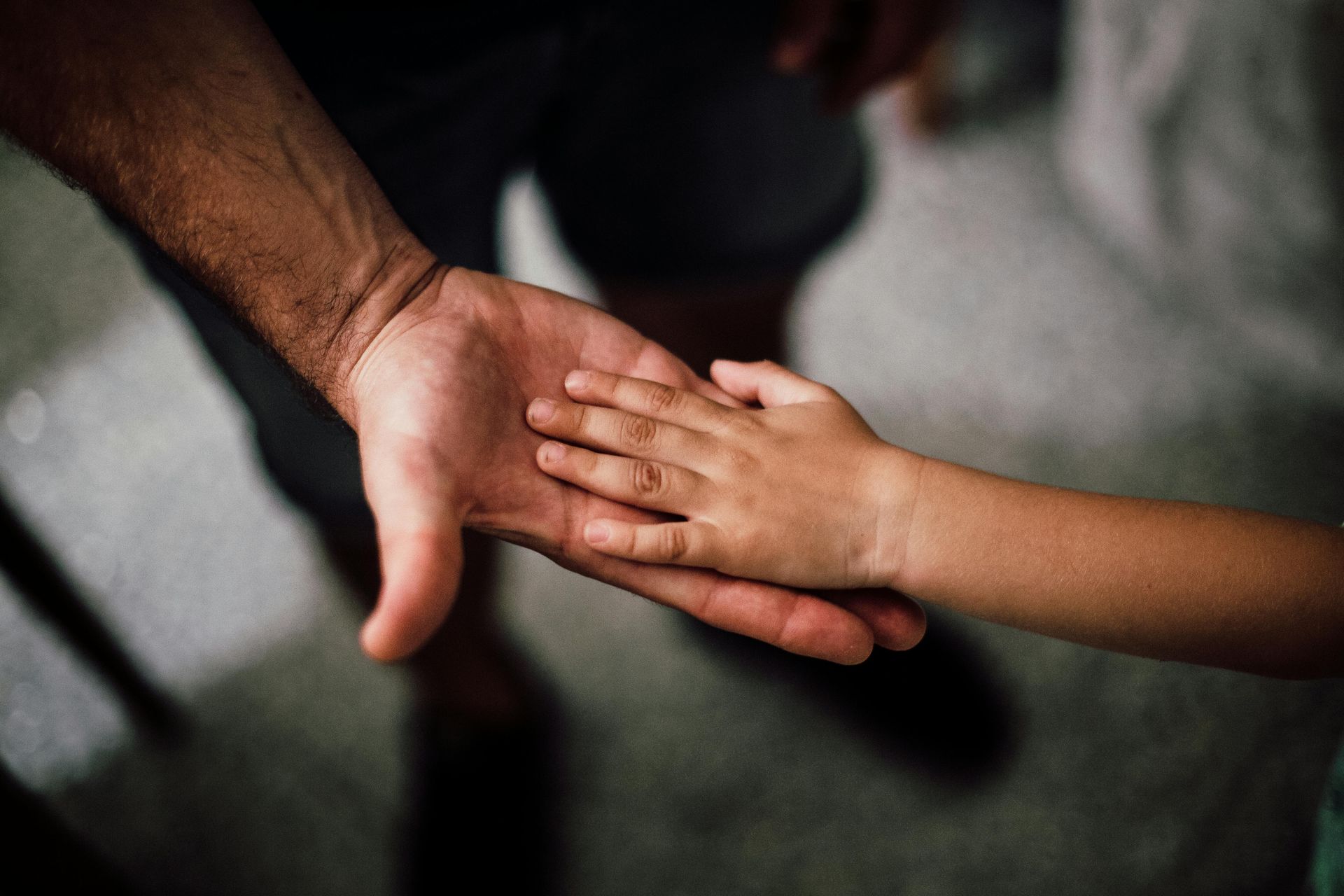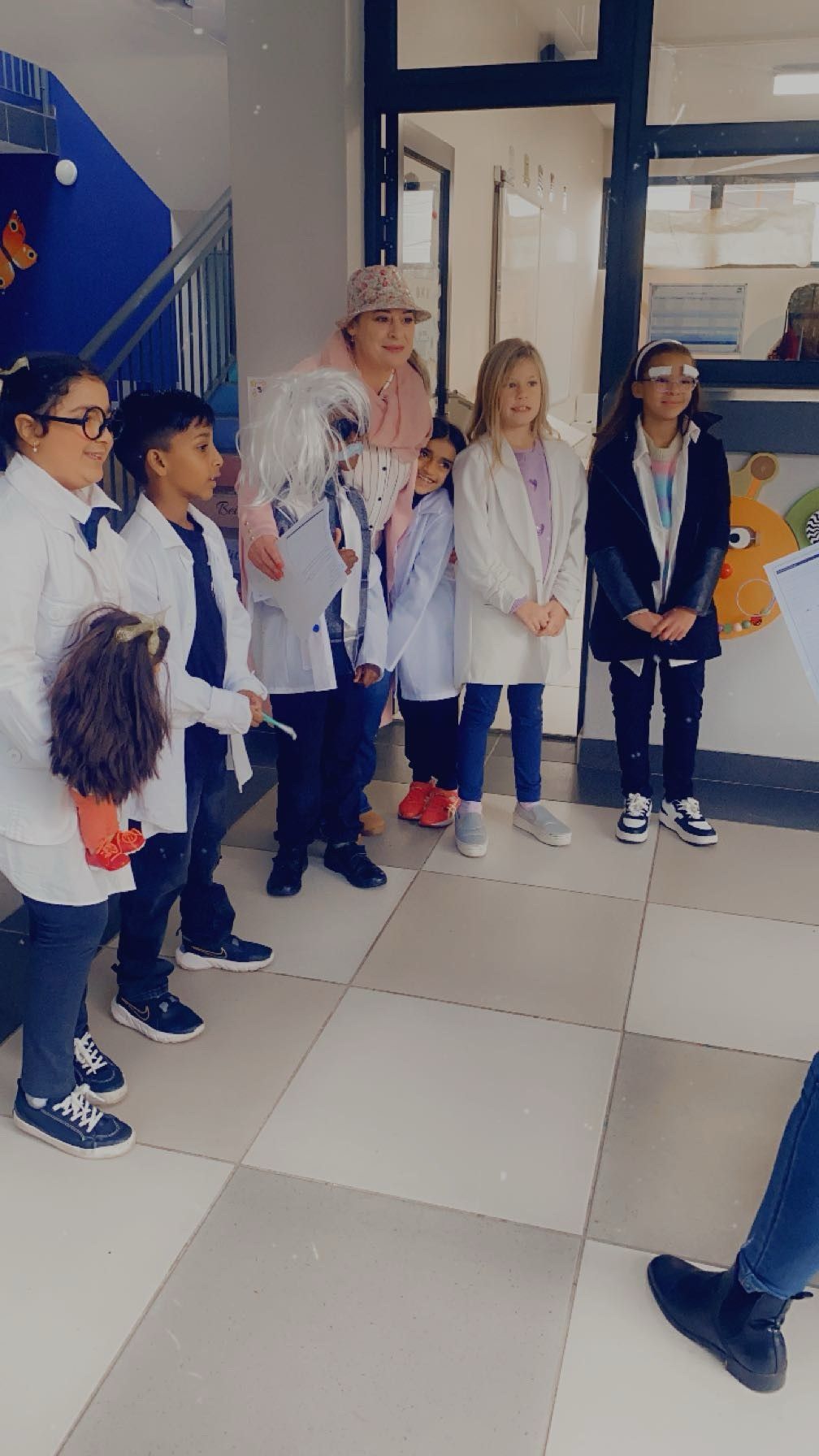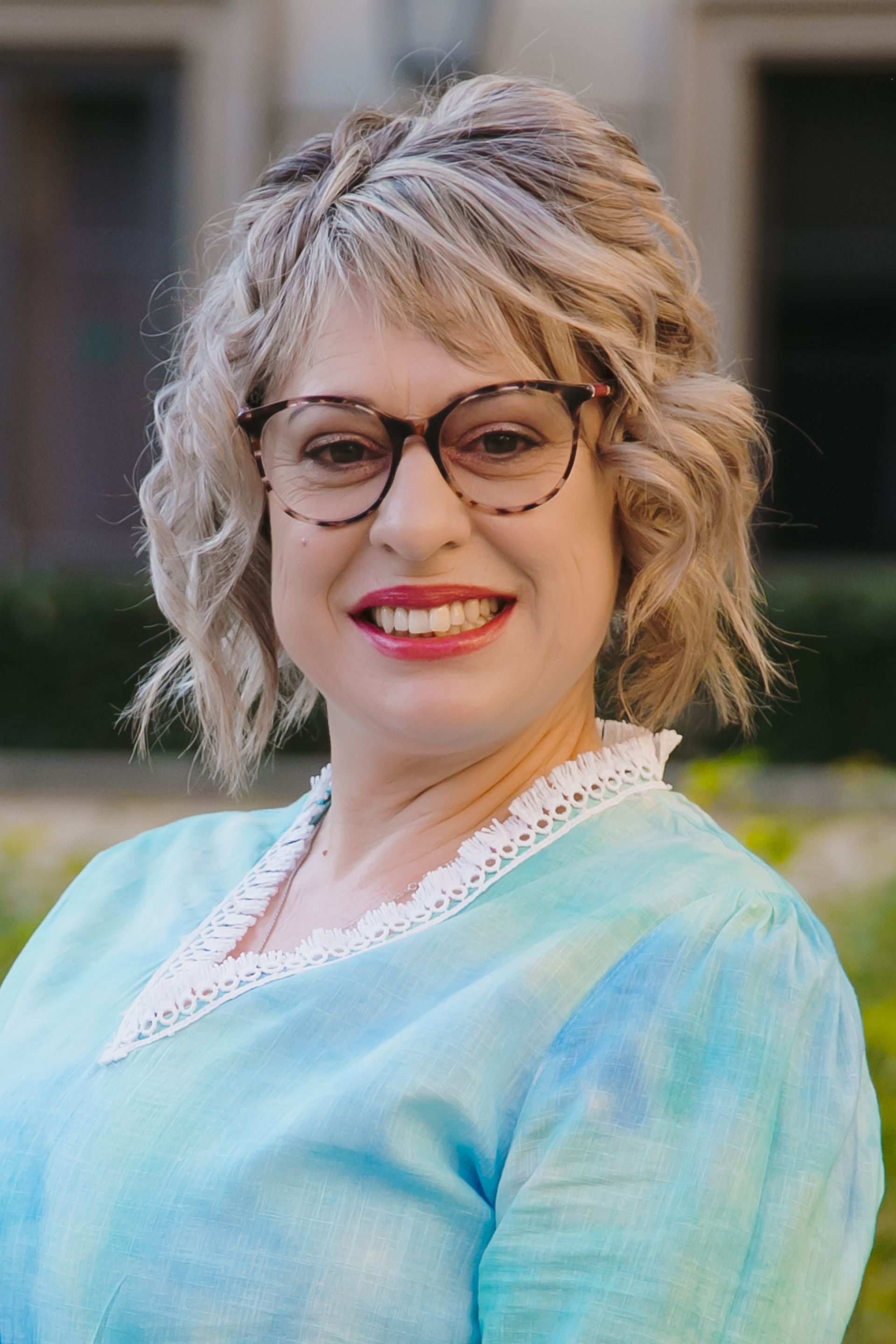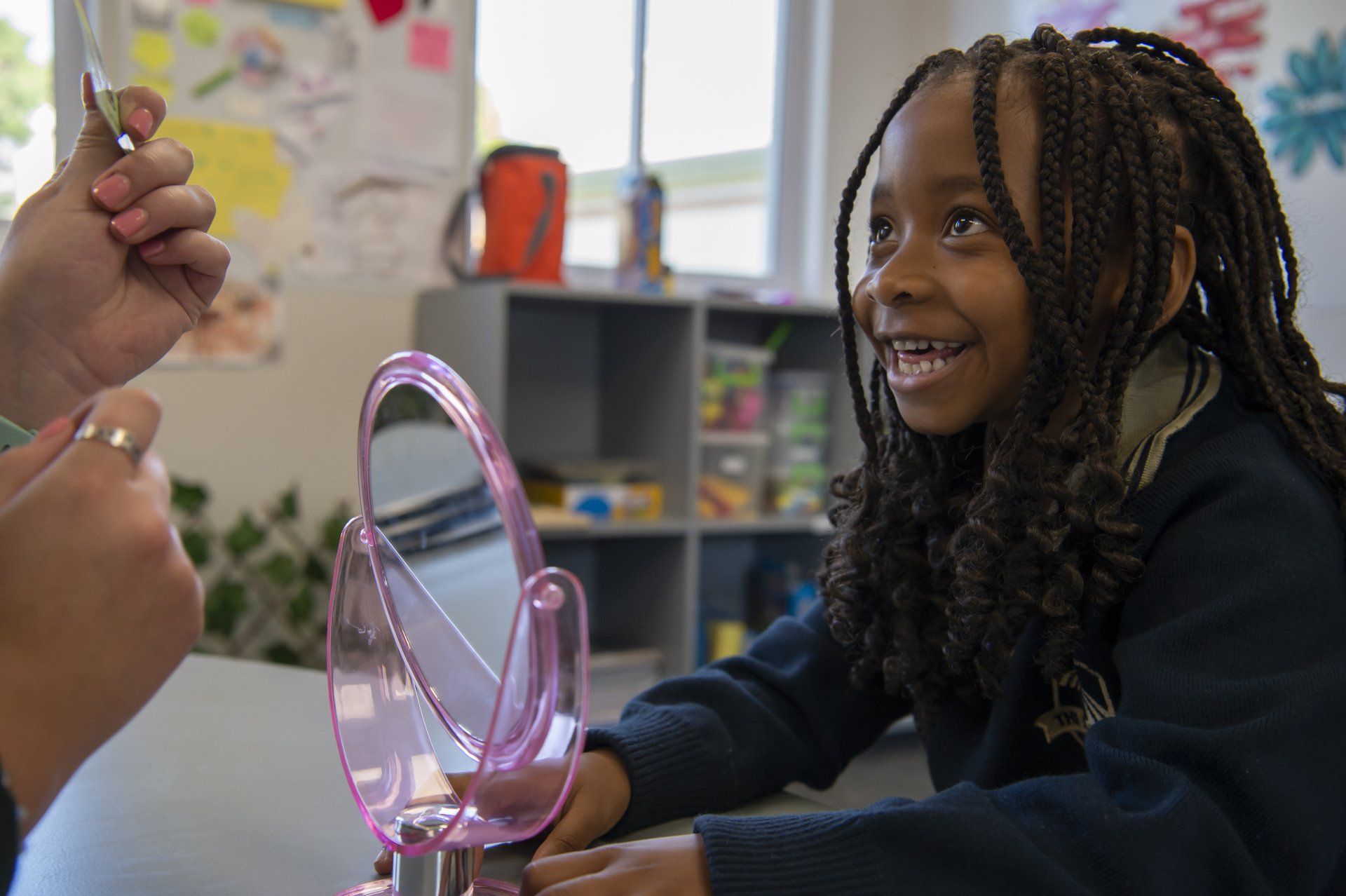The Power of Phoneme-Grapheme Awareness
In honour of Dyslexia Awareness Month in October, let's explore the fundamental concept of Phoneme-Grapheme Awareness (PGA) and its pivotal role in literacy development.
Phoneme-grapheme awareness revolves around comprehending the connection between spoken sounds (phonemes) and the written symbols (graphemes) that represent them. It's the bridge that transforms spoken language into written form, laying the foundation for literacy development.
To grasp this concept, let's break it down:
- Phonemes: These are the tiniest sound units in a language. For example, the word "cat" can be divided into three phonemes: /k/ - /æ/ - /t/. When a child can manipulate these sounds within words, it's a crucial skill for fluent reading.
- Graphemes: These are written symbols representing phonemes. In English, we use letters or letter combinations for this purpose. For instance, "c" represents the /k/ sound, "a" represents /æ/, and "t" represents /t/.
Why is phoneme-grapheme awareness vital?
- Building Strong Reading Skills: Understanding the link between sounds and letters aids in word decoding, enhancing reading fluency and comprehension.
- Improving Spelling Proficiency: It supports accurate spelling by teaching how sounds correspond to letters.
- Enhancing Writing: Children can translate sounds into written words, making writing accessible.
How can parents foster phoneme-grapheme awareness?
- Engage in Phonemic Awareness Activities: Activities like rhyming games and word segmentation build a foundation.
- Provide Explicit Phonics Instruction: Teach phonics rules and patterns at home.
- Explore Multisensory Approaches: Use tactile materials and creative methods to reinforce the connection between sounds and letters.
- Read Aloud: Regular reading sessions expose children to written language, reinforcing the sound-letter connection.
In conclusion, phoneme-grapheme awareness is the key to unlocking literacy for children, empowering them to become confident readers and writers. Let's collaborate as parents, teachers, and therapists to build a strong foundation for literacy, one sound and one letter at a time.
